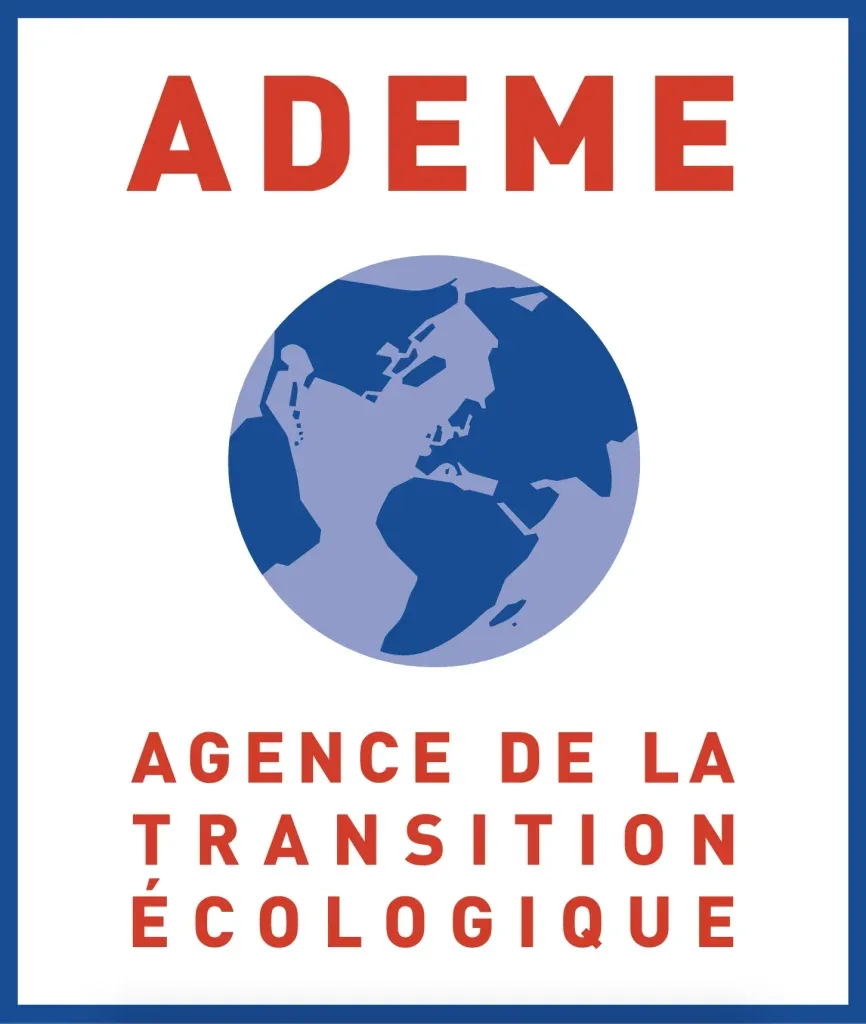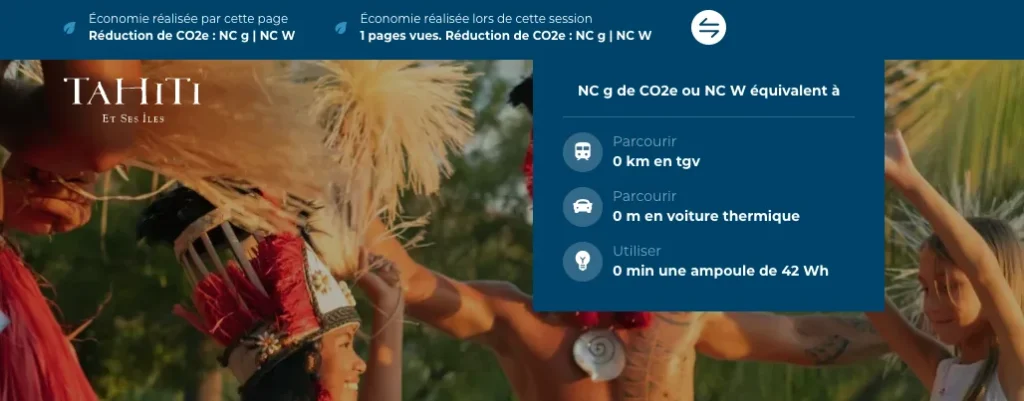Are you interested in eco-design?
Applied to digital, this is a multi-stage approach characterised by an overall view of the environmental impact of the systems digital. The aim, for example, is to develop platforms and tools that consume less energy and are more respectful of the environment.
Why eco-design our website?
As you will have realised, eco-designing a website is one of the many levers we can use to limit the environmental impact of digital technology… and when applied to the tourism and e-tourism sector, the challenge is even greater!
While it’s generally accepted that a destination website needs a complete overhaul every 4 to 5 years in order to keep up with the functional and graphic developments in the digital world, the programmed obsolescence of digital devices is something we mustn’t forget! Each redesign has a major impact on our energy consumption, mobilising a large number of resources.
In order to offer you the highest quality, most immersive content when you browse, we are also redoubling our ingenuity to make interactive tools available to you, and to share our finest multimedia content with you. HD visuals, videos, road-trips, interactive mapping… Nothing is too good to let you discover the beauty of our region… But this has an environmental impact that should not be overlooked.
Solutions for every problem! Finding the right compromise between performance and environmental impact was at the heart of our thinking and our work when we embarked on this approach.
Our practical solutions
The ongoing development of our website
In order to significantly postpone the need to overhaul our digital system, we looked for a technical and functional solution capable of circumventing the programmed obsolescence of our destination site.
Accompanied by our digital communications consultancyWe’ve chosen to develop our new digital system based on the concept of continuous evolution. Innovative and resolutely in tune with the times, this strategy has enabled us to completely rethink the design of our website, which now benefits from an extended lifespan thanks to regular upgrades and developments.
By keeping the same base, updated twice a year with new functionalities and technical, ergonomic and design improvements, we are optimising the use of digital resources that were previously dedicated to redesigns.
The integration of an eco-mode
The destination site you are currently browsing is equipped with an eco-mode!
You may have noticed that a curious switch has appeared at the top of your web page. The more experienced or the more daring will no doubt have already activated this eco-mode, but for the more sceptical, here are a few explanations to help you adopt this new browsing habit.
Built into our site, eco-mode automatically adapts the operation and display of our pages to meet energy-saving requirements. As soon as it is activated, the page you are browsing is automatically reloaded with a lighter interface!
Because we also like to give you concrete figures, the eco-mode gives you access to information on the energy savings made throughout your navigation.
Thanks to a algorithm provided by AdemeA CO2 counter integrated into your pages displays in real time the energy savings made by using the eco-mode when browsing. This information is also playfully converted into kilometres travelled (by TGV or internal combustion car) or the time it takes to switch on a light bulb!


Bien entendu, vous pouvez aussi choisir de visualiser vos pages de manière traditionnelle en réduisant simplement cette toolbar, et d’activer et désactiver l’éco-mode à tout moment lors de votre navigation sur le site.
Of course, you can also choose to view your pages in the traditional way by simply minimising this toolbarYou can also activate and deactivate the eco-mode at any time when browsing the site.
To find out more
Since the digital world is 100% paperless, it’s sometimes difficult to imagine its environmental impact… So, since every gesture counts, we’ve selected a number of sources to help you learn more about the subject, and find the best practices you can adopt to limit your digital environmental footprint at your own level.
- Datagir : Convert and compare your CO2 impact
- The Arcep dossier : The environmental footprint of digital technology
- Government advice : Digital responsibility: how to adopt the right reflexes?
- WWF advice: Learning to reduce your digital footprint
If you would like to discuss eco-responsibility and come up with new ideas together, please do not hesitate to contact us.
Article updated 20 October 2022.
 América del Sur
América del Sur
 Australia
Australia
 Belgique
Belgique
 Brasil
Brasil
 Canada (EN)
Canada (EN)
 Canada (FR)
Canada (FR)
 Deutschland
Deutschland
 España
España
 France
France
 Italia
Italia
 Mexico
Mexico
 Polynésie française
Polynésie française
 New Zealand
New Zealand
 Schweizerisch (DE)
Schweizerisch (DE)
 Suisse (FR)
Suisse (FR)
 United Kingdom
United Kingdom
 United States
United States
 한국
한국
 中国
中国
 日本
日本